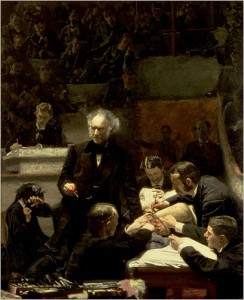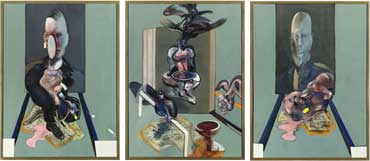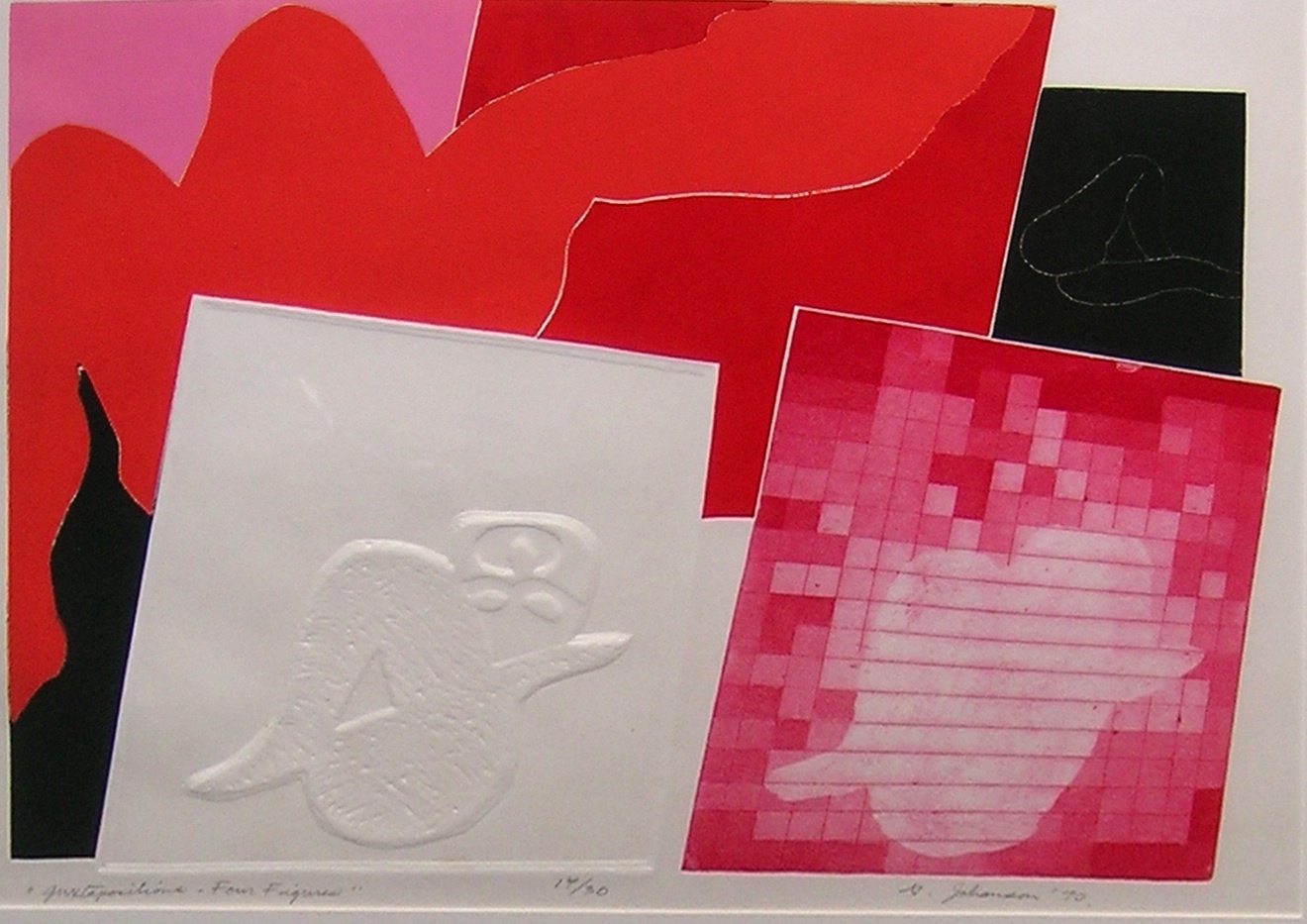 News: The Philadelphia Museum of Art and the Philadelphia Academy of Art have raised the $68 million necessary to buy Thomas Eakins’ “Gross Clinic” and keep it in Philadelphia. Without a city-wide effort to purchase it, “Gross Clinic” would have headed to Bentonville, Ark., and the Crystal Bridges Museum of American Art, founded by a Wal-Mart heiress.
News: The Philadelphia Museum of Art and the Philadelphia Academy of Art have raised the $68 million necessary to buy Thomas Eakins’ “Gross Clinic” and keep it in Philadelphia. Without a city-wide effort to purchase it, “Gross Clinic” would have headed to Bentonville, Ark., and the Crystal Bridges Museum of American Art, founded by a Wal-Mart heiress.
Notes: So, the question arises, what paintings residing in Oregon would (or should) generate a similar effort to keep them in the state? My quick, short, wrong list: 1.) The C.S. Prices at the Central Library. 2.) The Hilda Morris bronze sculpture in front of the Standard Insurance Building on S.W. 6th Ave. (and maybe her sculptures on the lawn at Reed College). 3.) The Isaka Shamsud-Din painting of the pool hall. Isn’t it at the Portland Art Museum? 4.) Cindy Parker’s big painting at the Convention Center. 5.) The multi-paneled James Lavadour that usual resides at the Tamástslikt Cultural Institute in Pendleton. But that’s a very fast, rough cut (obviously!). Help me out!
News: Francis Bacon’s 1976 Triptych goes on sale at Sotheby’s in New York on May 14 and is expected to fetch somewhere around $70 million. It’s the last major Bacon painting still in private hands.
Notes: Yesterday, we connected the British painter Francis Bacon to Portland artist George Johanson — Bacon, David Hockney and the Brits he met at the Birgit Skiold printmaking studios in London helped to confirm his decision to leave Abstract Expressionism behind and re-embrace the figure. Art Scatter has a certain fondness for Bacon, both his gruesome paintings and his tumultuous personal life, from his days in the Weimar demi-monde to Paris to London. We like the sense of dread that hovers over his paintings, his reduction of humans to slabs of beef, those famous gaping mouths that suggest torture. He prefigures, maybe even predicts, Abu Ghraib and Gitmo and the Dark Ops rooms in Eastern Europe, although he was probably citing Nazi torture chambers. It’s possible that this reading is too political, though; maybe he thought he was representing the human condition period, not the human condition in extremis.
 Although I don’t have the receipts in front of me, I’m pretty confident that no George Johanson painting has ever commanded $70 million. Heck, the prints at Pulliam Deffenbaugh are $850 apiece, not to equate them with Triptych, which is a major Bacon painting. But the sensuality of Johanson’s paintings, without a glimmer of S/M in sight, has a dark, mysterious element, that speaks to us, too. Things are about to happen in them, voluptuous things, sexual things, passionate things, rarely creepy things. I like their possibility.
Although I don’t have the receipts in front of me, I’m pretty confident that no George Johanson painting has ever commanded $70 million. Heck, the prints at Pulliam Deffenbaugh are $850 apiece, not to equate them with Triptych, which is a major Bacon painting. But the sensuality of Johanson’s paintings, without a glimmer of S/M in sight, has a dark, mysterious element, that speaks to us, too. Things are about to happen in them, voluptuous things, sexual things, passionate things, rarely creepy things. I like their possibility.
News:The San Francisco Ballet is in the middle of a festival of new work — 10 new dances by the likes of Mark Morris, Paul Taylor, James Kudelka and Christopher Wheeldon.
Notes: Lots of those names will be familiar to White Bird and Oregon Ballet Theatre fans. And the San Francisco Ballet itself will be in town for White Bird’s “4 X 4 — The Ballet Project.”
